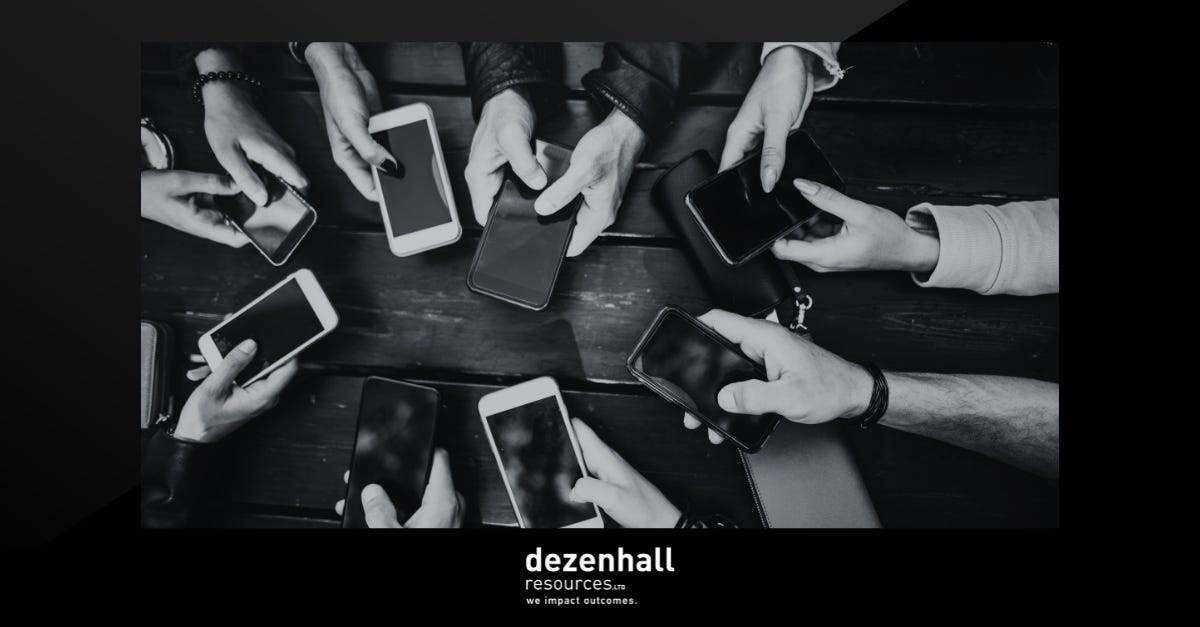The Bot Battle: Fighting Financial and Reputation Manipulation Campaigns

People are increasingly getting their news and information from online sources like TikTok and Twitter instead of traditional news sources. Given that these platforms are engineered to quickly grab users’ attention through punchy statements and quick soundbites, they are at the center of the rise in misinformation and disinformation.
Whether coordinated attack campaigns or the result of clickbait headlines, the way in which this type of false information gains traction online is largely driven by automated bot accounts. These programmed accounts, which can convincingly mimic human behavior, are created to amplify lies and to artificially produce the sensation that a piece of information is gaining widespread traction.
Misinformation—defined as false information shared without malicious intent—can be damaging on its own. However, when it morphs into disinformation—deliberately misleading content designed to deceive—it starts a chain reaction that is almost impossible to stop. While misinformation can often be effectively combatted through media literacy campaigns and content moderation, disinformation is specifically constructed to bypass these checks and balances. This is especially true as AI technology improves, making it easier and cheaper for people interested in spreading lies to generate convincing narratives and harder for the average user to identify them.
Misinformation and Disinformation by the Numbers
- According to the Oxford Internet Institute, 70% of users are concerned about disinformation.
- Since ChatGPT became publicly available, the number of websites hosting AI-generated false content has increased by over 1000%.
- 64% of Americans believe that fake news stories created confusion in the 2016 election.
- There continues to be tens of thousands of bot-generated Twitter posts surrounding the presidential election.
- A study by the MIT Media Lab found that false news spreads 70% faster than true stories.
- A Pew Research Center survey finds that about three-quarters of U.S. adults (73%) say they have seen inaccurate news coverage about the 2024 presidential election.
Why Does This Matter?
Fake news evokes strong emotional responses, such as shock and disgust, leading users to retweet or share misleading content without a simple fact-check. Social media algorithms prioritize engaging content over accuracy, allowing bot activity to inflate the visibility of misleading posts.
While misinformation is often associated with politics, its impact extends significantly to businesses as well. A single viral post—true or false—can drastically influence a company’s stock price. Research indicates that tweets containing negative information about publicly traded companies can lead to declines in stock value that last for days. This can create a feedback loop, or vortex, where fear and uncertainty drive further selling, exacerbating stock price declines. A J.P. Morgan report found that 30% of investors make decisions based on social media sentiment, emphasizing how misinformation can disrupt markets and affect a company’s bottom line.
The Global Disinformation Index estimates that disinformation campaigns could cost the global economy up to $78 billion annually, considering lost productivity and impacts on consumer trust. One primary driver of this lost productivity is companies’ difficulties in quickly identifying negative posts and determining whether negative campaigns are solely bot-driven or are reaching investors and consumers.
Engineering an Early Warning System
With many of our clients looking for an early warning system to address these challenges, Dezenhall developed SIREN, a platform built to identify and combat misinformation and bot activity. SIREN provides a clear snapshot of online conversations about a brand, highlighting both positive and negative sentiment while tracking (and toggling on and off) inauthentic bot accounts that could distort these metrics. This tool is actively helping our clients determine whether online chatter and targeted bot attacks are reaching investors and customers, or if it’s just noise.
The platform features customizable charts to track share price against conversation volume, insights into trending topics, and competitive analysis to gauge your position against rivals. By filtering out bot-generated noise, SIREN enables users to engage effectively with genuine conversations, produce relevant content, and counter negative narratives proactively.
We try to make our Substack writings as interesting and unsalesy (a technical term) as possible, and we know this is a little salesy, but the outcomes SIREN is delivering in the fight against misinformation and proactive reputation management are material and worth sharing. Knowledge and actionable insights are invaluable in these types of fights. If you want to learn more about SIREN, check out: SIREN by Dezenhall.


